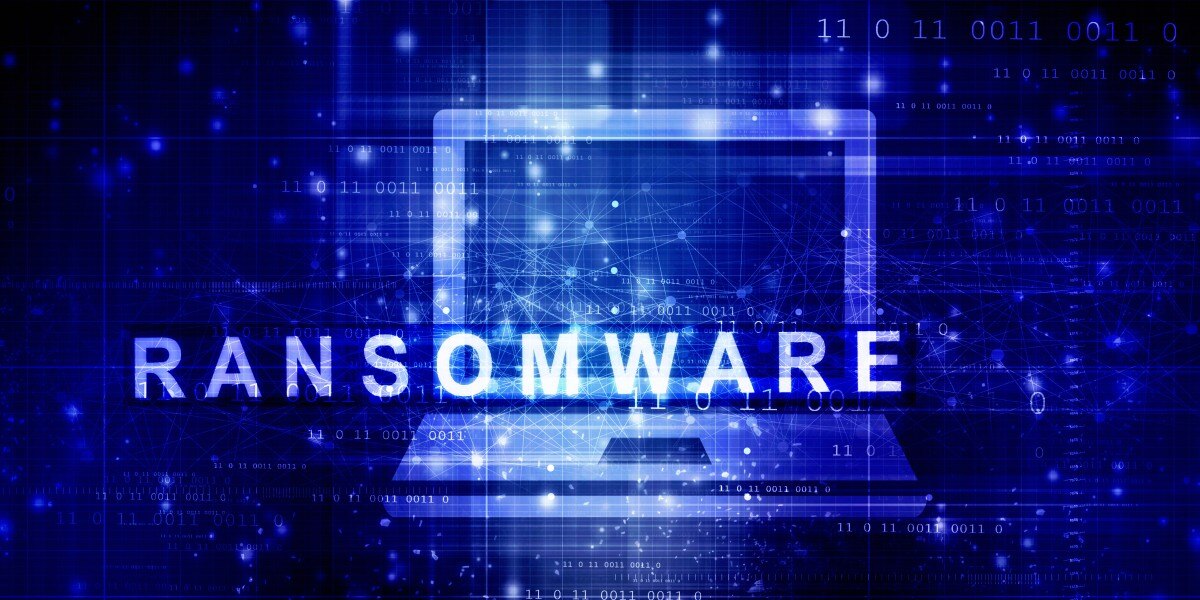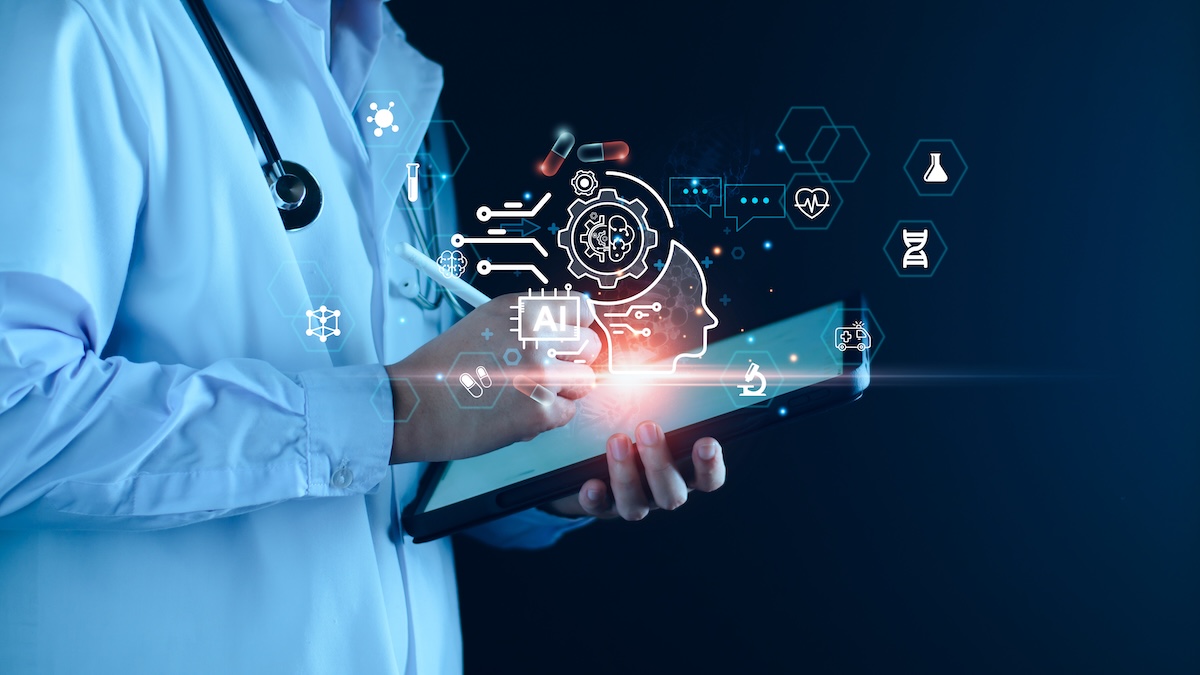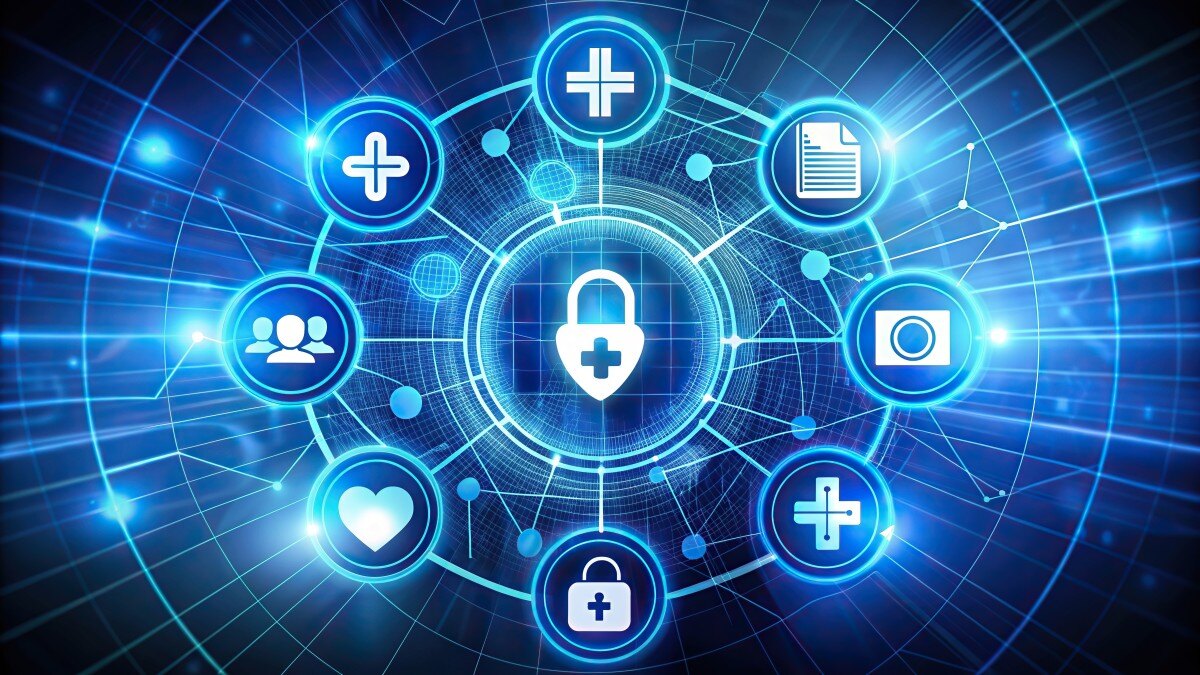Using Patient Education Videos to Support Preventive Care Strategies
As a healthcare provider, you know prevention saves lives. From routine screenings and lifestyle counseling to vaccinations and early detection,...
5 min read
Robert McDermott Jul 11, 2024 12:48:00 PM
 Between January 1, 2018 and September 30, 2023, the Office for Civil Rights (OCR) of The U.S. Department of Health and Human Services (HHS) reported a 278% increase in ransomware attacks on healthcare organizations.
Between January 1, 2018 and September 30, 2023, the Office for Civil Rights (OCR) of The U.S. Department of Health and Human Services (HHS) reported a 278% increase in ransomware attacks on healthcare organizations.
This statistic, along with the fallout from the Change Healthcare attack, has many healthcare organizations, rightfully, increasingly concerned about ransomware attacks. Understanding the consequences is vital but not more important than understanding how you can protect your healthcare organization.
Quick Links:
Much like ransomware attacks in the larger IT landscape, healthcare ransomware attacks are a malicious cyber attack where attackers use ransomware—a type of malware designed to encrypt files and data—targeting healthcare organizations.
Once the data is encrypted, the attackers demand a ransom in exchange for the decryption key. The goal of these attacks is to extort money from the victim organization by holding critical healthcare data hostage.
In recent years, healthcare organizations have become prime targets for ransomware attacks. In fact, these types of attacks on healthcare organizations doubled in 2023. This surge is largely driven by several factors, including the critical nature of healthcare data, the sector's reliance on digital systems, and often, a lack of comprehensive cybersecurity measures.
In some cases, the COVID-19 pandemic further exacerbated the situation, as healthcare systems were stretched thin, and many quickly adopted new technologies to support remote work and telemedicine without fully considering security implications or vetting partners and business associates.
Cybercriminals are increasingly sophisticated, employing advanced tactics to breach healthcare systems. Whether they’re exploiting vulnerabilities in outdated software, using phishing attacks to gain access, or leveraging insider threats, the reward, the financial incentive, is high for cyber attackers; in fact, healthcare organizations are more likely to pay ransoms to regain access to their critical systems and protect patient data.
Sadly, the cost to healthcare organizations, in downtime alone, has reached, from 2016 until now, over $75 billion dollars. For many, the cost of the ransom is less than the cost and damage of having a system and patient data on lockdown.
Perhaps the most notable recent attack is one that sent seismic ripples through the healthcare industry and that’s the Change Healthcare ransomware attack. In addition to the nearly $1 billion dollar financial impact, providers were unable to submit claims, receive payments, and provide services. Similarly, patients were unable to have insurance verified, prescriptions filled, or receive vital treatments and services.
The impact was significant, but they’re not alone. While not every ransomware has such a profound impact, they are becoming increasingly common. These incidents highlight the urgent need for healthcare organizations to bolster their cybersecurity posture.
For example, implementing comprehensive HIPAA risk assessments, ensuring HIPAA-compliant email systems, regular security training for staff, and adopting advanced threat detection and response tools are crucial steps in defending against the ever-present threat of ransomware.
The need for those protections and a solid security stance that protects patient data and system access becomes even more clear when one fully understands the impact of healthcare ransomware attacks.
First, they’re particularly devastating due to the sensitive nature of the data involved and the potential impact on patient care. Medical records, patient information, treatment plans, and operational systems are crucial for the day-to-day functioning of healthcare facilities. When these systems are compromised, it can lead to significant disruptions.
Again, as we saw in the Change attack, the most significant impacts include:
Given these severe consequences, healthcare organizations must prioritize cybersecurity measures, including robust ransomware defenses, regular data backups, staff training, and comprehensive risk assessments, to protect against and mitigate the impact of ransomware attacks.
 How to Protect Your Practice from Healthcare Ransomware Attacks
How to Protect Your Practice from Healthcare Ransomware AttacksProtecting your healthcare practice from ransomware attacks requires a multi-layered approach, combining advanced technology, proactive policies, and ongoing education. Here are key strategies to safeguard your practice:
Regular HIPAA risk assessments are crucial in identifying potential vulnerabilities within your practice's systems. These assessments help you understand where your practice might be at risk and allow you to implement corrective actions to mitigate those risks. Ensure your risk assessment process includes:
Email is a common entry point for ransomware. Ensuring you’re using a HIPAA compliant email solution is essential. This includes using encryption for all email communications containing protected health information (PHI) and implementing robust spam and phishing filters to prevent malicious emails from reaching your staff.
Regularly backing up your data, to a HIPAA compliant cloud solution, ensures you can recover quickly in the event of a ransomware attack. Backups should be encrypted and stored offsite, preferably in the cloud for easier retrieval. It's also important to test your backups periodically to ensure they can be restored effectively.
Human error is a significant factor in many ransomware attacks. Regular training and awareness programs for your staff can help reduce the risk of a successful attack. Training should cover:
Advanced threat detection tools can help identify and mitigate ransomware threats before they cause significant damage. These tools, or managed services that provide these tools, use artificial intelligence and machine learning to detect unusual activity and respond quickly to potential threats. Key features include:
Keeping your software and systems up-to-date is critical in preventing ransomware attacks. Regularly updating and patching your systems helps close security vulnerabilities that attackers could exploit. This includes:
Implementing strong access controls ensures limited access to authorized personnel only. This can help protect access to sensitive data and systems. This includes:
Be ready and be prepared. An effective incident response plan outlines the steps your organization will take in the event of a ransomware attack. This plan should include:
Unfortunately, not every healthcare practice has an IT team, let alone an IT security team. Don’t let the “we’re so small, it’ll never happen” lull you into a fall sense of security. In fact, that may make you more vulnerable and an easier target. Working with cybersecurity experts, especially those with healthcare experience, can provide an additional layer of protection. These teams can offer specialized services such as:
Ransomware attackers rely on being able to take your practice data hostage so you can’t access it. This is much more difficult to accomplish when you have secure, offsite cloud backup of your files. The right cloud backup solution will:
These strategies can help your healthcare practice significantly reduce the risk of falling victim to ransomware attacks. A proactive approach to cybersecurity not only protects your practice but also ensures the safety and confidentiality of your patients' sensitive information.
At a time when ransomware attacks don’t appear to be slowing down, the best option any healthcare organization has is to be proactive and be prepared. The iCoreConnect team has built a healthcare software platform that, first and foremost, looks to ensure the security of healthcare data and help organizations protect their patients and data from attacks.
If you’re ready to talk security and work with a team with the healthcare experience you need, book a demo today and let’s protect your PHI.

As a healthcare provider, you know prevention saves lives. From routine screenings and lifestyle counseling to vaccinations and early detection,...

There’s no denying that the AI boom is here. The American Medical Association reports that 66% of physicians are currently using artificial...

If only managing your practice’s revenue cycle came with a crystal ball. You could spot claim denials before they happen, predict when patients might...

It seems almost yearly now that a major cyber attack on various parts of the healthcare industry serves as a wake up call to healthcare providers...

Most healthcare practices wouldn’t dream of forgoing malpractice insurance. It’s a necessity to keep a practice safe. And yet, many practices take a...

Your patients are your priority. Often that means spending your days focused on their care, not necessarily on how your email can impact that care....